Rehabilitation specialist Raúl A. Rosado Reyes presents in this article the fundamental role of the caregiver in the rehabilitation of brain injury (BI), highlighting its impact on the recovery process and the importance of including them in the treatment plan.
Introduction
The arrival home of a person with brain injury (BI) implies an adjustment for the whole family. This adjustment ranges from physical aspects with modifications in the residence, social, economic, recreational changes, among others. As they face the adjustment, the family begins to present concerns regarding the care that should be provided to the patient, which often triggers anxiety and high levels of stress.
During this entire process, little by little responsibility is given to the family member who will eventually become the primary caregiver. This is because, in the vast majority of cases, the primary caregiver is a family member (Gómez T. B, A. Herrera, F. Mayoral, 2000).
The caregiver is the person who assumes the role of caring for another because they have some limitation or disability and cannot care for themselves. We have heard that caregivers are hidden patients and this is a consequence of the burden they carry (Cocina N., 2014). Quero Ruflan, A., R. Briones Gómez, M. A. Prieto Rodríguez, A. Navarro López, N. Pascual Martínez, C. Guerrero, (SF) established a caregiver profile where they indicated that 92% were women, 64% homemakers and 29% employed. Likewise, they identified that when the patient was discharged, caregivers were in 41.4% their spouse and 28.3% their father or mother.

Subscribe
to our
Newsletter
The caregiver’s role in the rehabilitation of brain injury (BI)
Brain injury (BI), being an acquired condition, means that one is never prepared for the impact this has on the family. For this reason, the family’s greatest interest is that the patient return to being as they were before the accident.
However, the physical and cognitive rehabilitation of each case with brain injury is individual. Multiple factors or variables must be considered such as the type of trauma, the level on the Glasgow Coma Scale (GCS), age, educational level and gender, among others.
In addition to all these factors necessary for rehabilitation, the factor of who the caregiver is must be considered. The caregiver can impact the patient positively or negatively in their rehabilitation. A caregiver who acquires information related to the condition with realistic expectations regarding the patient’s rehabilitation can promote realism in the acceptance of the acquired condition and appropriate adaptation to the new lifestyle.
The impact of an impairment on the caregiver highlights the absence of available programs that assess the experiences of those involved and the need to know how families caring for people with impairments are affected. Rehabilitation models include many professionals whose primary interest is to maximize the patient’s functional potential. Thus, one of the main components in a rehabilitation program must be the caregiver, who is the person who ensures day to day that the patient reaches their optimal functional level and achieves independence.
To promote the rehabilitation of the person who suffered a brain injury one must keep in mind the effect of the injury, the severity, work history, prior emotional conditions and demographic factors among others.
For this reason, the adaptation factors to this new family reality can generate physical and emotional wear in the caregiver. As a result, the quality of life of family caregivers is reconstructed from the lived experience.
The fact that the primary caregiver is a family member brings with it a greater process of mourning and pain, which can affect the patient’s physical and cognitive rehabilitation process. To promote less caregiver wear, they must be included in the treatment plan in interventions with the patient.
In an ecological model of rehabilitation it is essential to take into account unique and individual experiences. This model relates to the perception, knowledge, experiences, feelings, customs and traditions of the patient and their family. The process, context, time and person are important (Céspede, 2005). That is why the caregiver should be included in the planning, development and adaptation of the treatment plan.
Emotional and practical support for the caregiver of brain injury (BI)
Emotional and practical support for caregivers of neurological patients is necessary to achieve the rehabilitation of the injured person. The caregiver seeks to provide the patient with what is necessary to improve their quality of life taking into consideration the limitations imposed by the new reality. Each individual defines rehabilitation according to their subjective elements adapted by their worldview, perception, experience, education and upbringing. When normality is lost, we need to understand the patient’s subjective experience (Salas, 2008). Because of the time the caregiver and patient spend together, they share the joys of each achieved movement, but they also share the frustration of each failed attempt in their new reality.
Emotional impact of the caregiver in the rehabilitation of brain injury (BI)
The caregiver’s emotional impact on neurological treatment will be affected by the change reported in the patient’s personality. Caregivers make expressions such as “they’ve changed him”, “he’s a different person”, “I don’t recognize him”, among other comments. Ideally the caregiver accepts the patient’s reality. At times, we can observe several tendencies among caregivers:
- There are those who do not accept the patient’s new reality and demand too much, and on the other hand;
- those who overprotect the patient, not allowing them to develop the skills necessary for their independence;
- and also those who see the reality of the injury and help the patient to accept themselves.
It is necessary to consider the factors that influence the caregiver in the reduction of emotional exhaustion, which result in a desperate concern about what will happen to the patient the day they are alone.
Gómez, N. et al. (2021) identifies as limitations in access to rehabilitation for the person with brain injury (BI) the absence of family support, premorbid functions, age and cognitive functionality. Therefore, the benefit of a multidisciplinary rehabilitation using biological, psychological and social elements can promote social reintegration in the caregiver and the patient and reduce the wear on both.
The caregiver as part of the brain injury (BI) intervention program
It is well known that the caregiver often neglects their health, occupation, family and other aspects. However, once the caregiver is part of the intervention program, they are empowered with information necessary for their well-being. Caregiver burden is associated with the new roles assigned, stress, emotional wear, changes in daily routine and the economic factor.
Importance of the primary caregiver in brain injury (BI) intervention
In our experience, we have found as a constant complaint from the primary caregiver that they are not included as part of the treatment plan. This causes a lack of knowledge about what to do and how to do it.
The caregiver is the primary and richest source of information regarding the changes the person with brain injury (BI) has in their rehabilitation because they are the one who spends the most time with the patient.
Intervention with the brain injury population suggests that once the person is stable, pharmacological, neuropsychological, physical, occupational, speech and language, cognitive, social and vocational aspects should be addressed.
It is our view that to this model family and spiritual aspects can be added, which may be beneficial in the rehabilitation, adaptation and reintegration of the individual. Domínguez-Roldan, (et alt 2005) suggests that during treatment family trainings should be carried out so that they collaborate with the program.
For this reason, a model should be developed that includes the biological elements of the injury, the emotional response such as frustration, anxiety and confusion and, in turn, the psychological aspect where promoting awareness will be beneficial for the caregiver and the patient. In this way, when treatment objectives are understood, one will be better positioned to provide the necessary information for the modification of treatment goals in the rehabilitation process.
Benefits of the caregiver in brain injury (BI) intervention
We could conclude that among the benefits the caregiver obtains by being part of the treatment plan in rehabilitation after brain injury are that they can have a better awareness of the effect of the trauma and promote better acceptance of residual functional limitations.
These elements are necessary because they help to avoid placing excessive demands on the individual. In this way they can help the person who suffered the injury in their motivation to participate and remain in the rehabilitation process.
Conclusions
With this in mind, it is recommended to develop a support or self-help group for caregivers that helps reduce feelings of loneliness, where they can share experiences, acquire knowledge about patient management and provide emotional support. Promoting support programs aimed at caregivers like this will help in adaptation and coping strategies.
Bibliography
- Céspede, GM. (2005). The new culture of disability and rehabilitation models. Revista Aquichan. Year 5, vol., 5, no. 1 (5), 108-113.
- Cocina, N. (2014). Hidden patients: the caregivers of people with cognitive impairment. Sociedad. http://www.telam.com.ar/notas
- Domínguez-Roldan, J.M, M. O Valle, C. G. García Alfaro y J, León Carrión. (2005) Catastrophic traumatic brain injury: the critical patient. Revista Española de Neuropsicología, 7, 2-4, 187-221
- Gómez T. B, A. Herrera, F. Mayoral (2000). Primary caregiver group of brain injury: an analytical perspective. Rev. Asoc. Esp. Neuropsiq., vol. XX, n.º 73, pp. 127-135
- Noé, e, Gómez A., Bernabéu, M., Quemada I., Rodríguez R., Pérez, T., López, C., Laxe, S., Colome, C., Ríos, M., Juárez, A., González, C., Pelayo y R., Ferri, J. Guide: Basic principles of neurorehabilitation of the patient with acquired brain injury. Recommendations of the Spanish Society of Neurorrehabilitation. https://doi.org/10.1016/j.nrl.2021.06.009
- Quero Ruflan, A. , R. Briones Gómez, M. A. Prieto Rodríguez, A. Navarro López, N. Pascual Martínez, C. Guerrero, (SF). Profile and social reality of family caregivers in a traumatology and rehabilitation hospital. Nure investigación. www.nure.org
- Salas, C. Psychotherapy and therapeutic interventions in survivors of acquired brain injury. Revista chilena de neuro-psiquiatría, online version ISSN 0717-9227. V.46 n.4 Santiago Dec. 2008. http://dx.dol.org/10.4067/S071-922720080000400007
If you enjoyed this blog post about the caregiver’s role in the rehabilitation of brain injury (BI), you will surely be interested in these NeuronUP articles:
“This article has been translated. Link to the original article in Spanish:”
El papel del cuidador en la rehabilitación de lesión cerebral (LC)
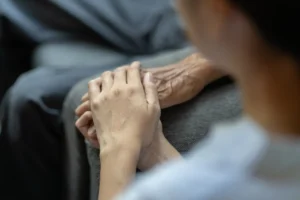
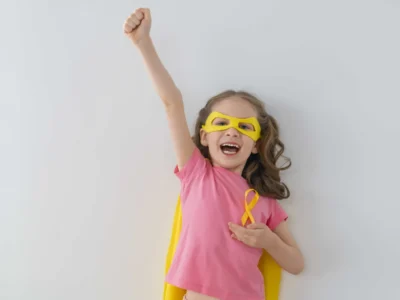
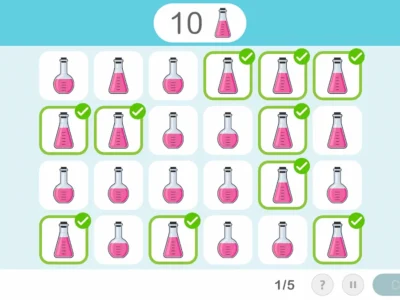
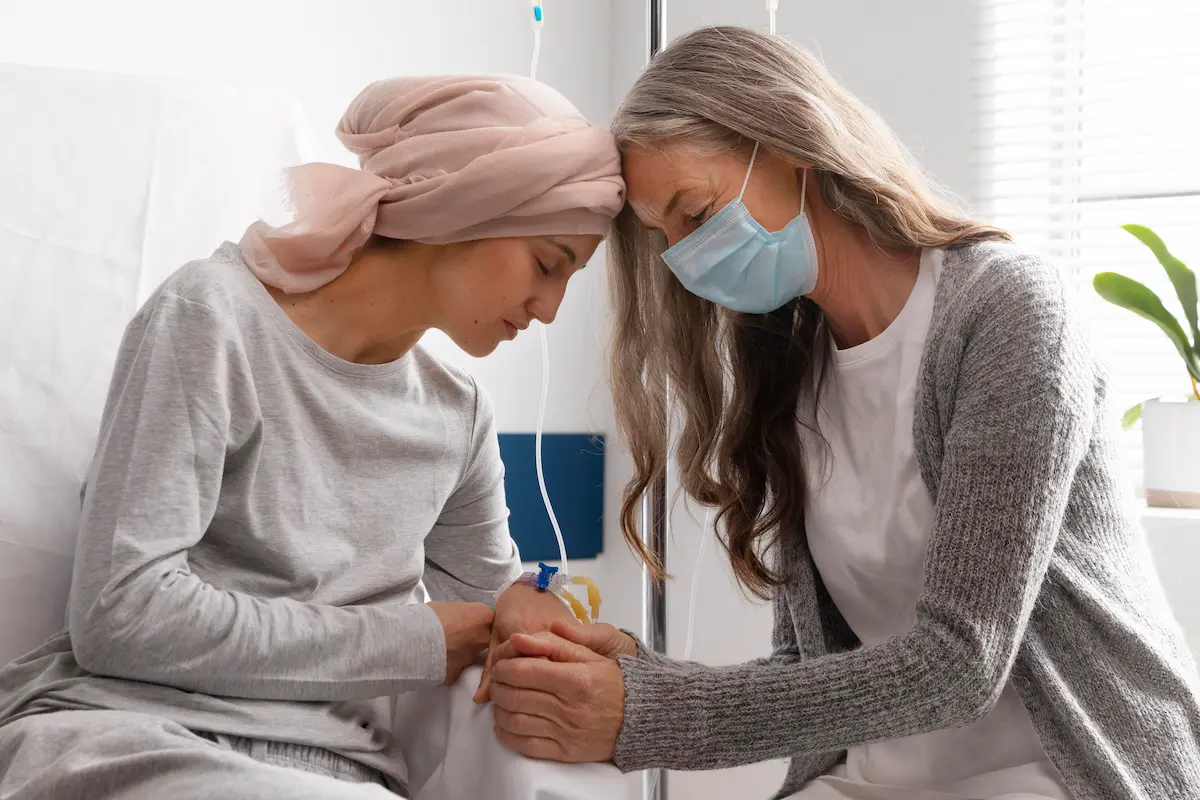
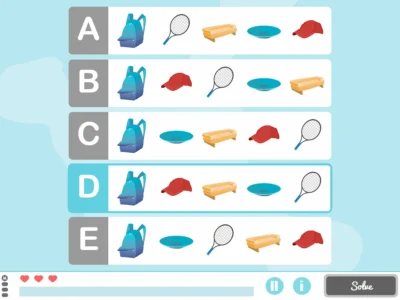
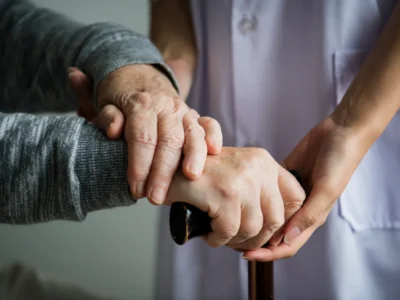
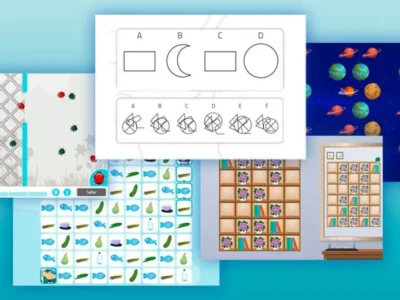

Leave a Reply